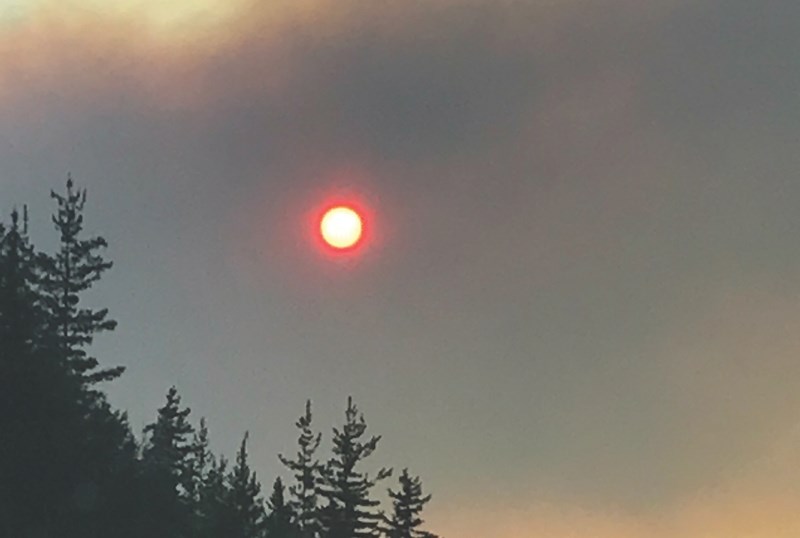Environment Canada has issued a warning about local air quality as high levels of air pollution moves into Waterloo region due to smoke from forest fires in Ontario and Quebec.
Smoke is causing or is expected to cause poor air quality and reduced visibility for much of the day today and possibly into Tuesday in Waterloo region, says an alert from the federal agency.
People with lung disease, such as asthma, or heart disease, older adults, children, pregnant people, and people who work outdoors are at higher risk of experiencing health effects caused by wildfire smoke.
Wildfire smoke can be harmful to everyone’s health even at low concentrations.
Air quality and visibility due to wildfire smoke can fluctuate over short distances and can vary considerably from hour to hour.
People who are vulnerable are asked to stop or reduce their activity levels if breathing becomes uncomfortable or you or someone in your care feel unwell.
Mild irritation and discomfort are common, and usually disappear when the smoke clears. Drinking lots of water can help your body cope with the smoke.
If you have an HVAC system in your home, use the highest rated MERV filter for your system (ideally rated 13 or higher) and set the fan to recirculate air constantly.
You can also use a portable High Efficiency Particulate Air (HEPA) air cleaner. Keep your doors and windows closed if the temperature in your home is comfortable.
Take a break from the smoke at a location in your community where you can find clean, cool air. If you must spend time outdoors, a well-fitted respirator type mask (such as a NIOSH certified N95 or equivalent respirator) that does not allow air to pass through small openings between the mask and face, can help reduce your exposure to the fine particles in smoke.
These fine particles generally pose the greatest risk to health. However, respirators do not reduce exposure to the gases in wildfire smoke.
Be sure to check on people in your care and those around you who may be more susceptible to smoke. Reduce sources of indoor air pollution. If you can, avoid smoking or vaping indoors, burning incense and candles, frying foods, using wood stoves and vacuuming.
Dust on indoor surfaces can be removed by wiping and wet mopping during a pollution episode. If you experience any feelings of stress, anxiety, or depression, contact your mental health care provider for advice or visit https://www.wellnesstogether.ca/en-CA.
Visit www.airhealth.ca for information on how to reduce your health risk and your personal contribution to pollution levels, as well as for current and forecast AQHI values. Please continue to monitor alerts and forecasts issued by Environment Canada.
